Home>Gardening & Outdoor>Landscaping Ideas>How To Cut Patterns In Grass
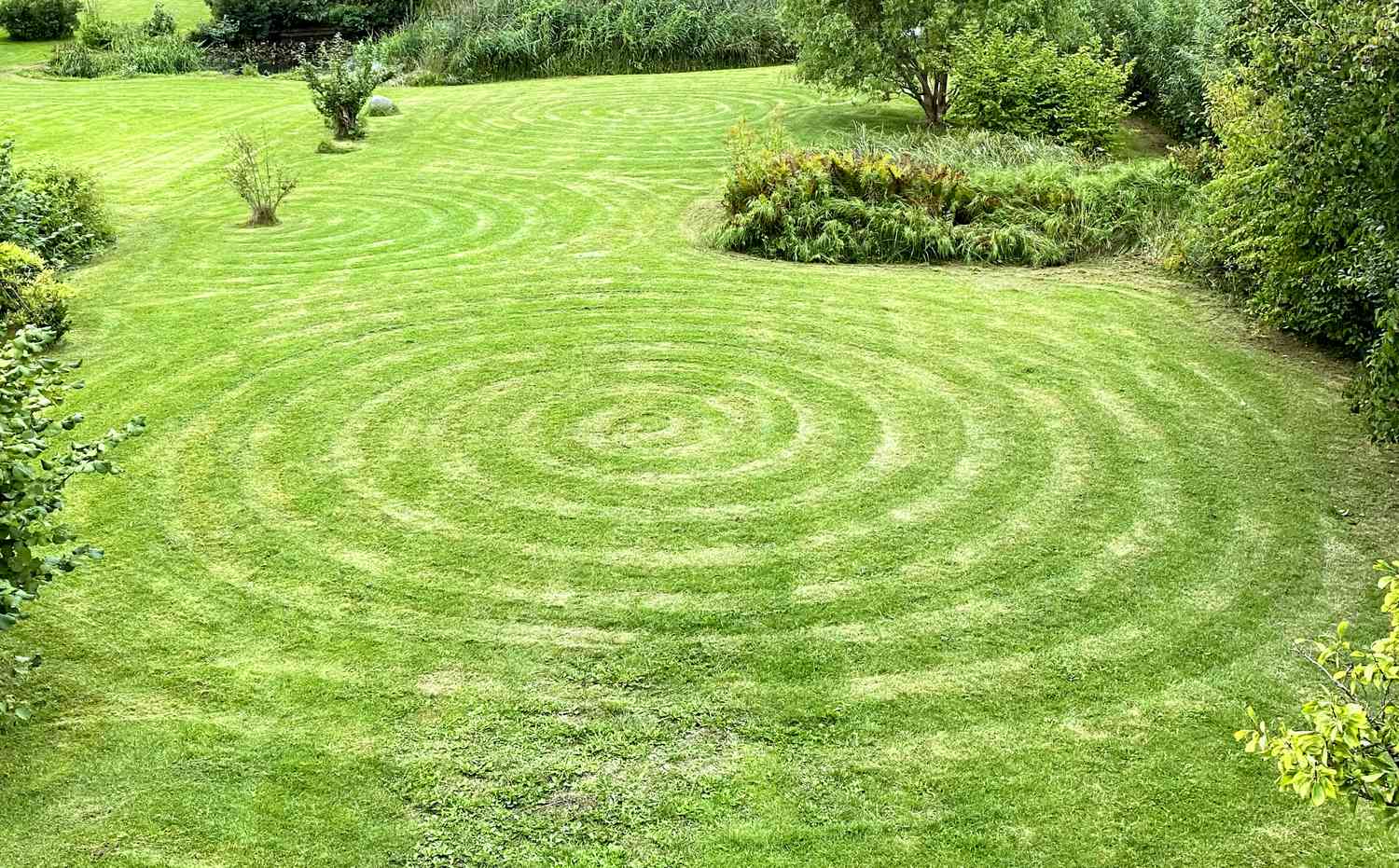

Landscaping Ideas
How To Cut Patterns In Grass
Published: January 24, 2024
Learn how to create intricate patterns in your grass with our landscaping ideas. Discover expert tips for cutting patterns in your lawn and enhancing your outdoor space.
(Many of the links in this article redirect to a specific reviewed product. Your purchase of these products through affiliate links helps to generate commission for Storables.com, at no extra cost. Learn more)
Introduction
Creating patterns in the grass is a delightful way to add visual interest to your lawn or garden. Whether you're a homeowner looking to elevate your outdoor space or a landscaping enthusiast seeking a creative outlet, cutting patterns in the grass can transform your landscape into a work of art. This article will guide you through the process of cutting patterns in the grass, from selecting the right tools and materials to mastering cutting techniques and maintaining your design.
Not only does pattern cutting allow you to showcase your artistic flair, but it also provides an opportunity to personalize your outdoor space. From simple geometric shapes to intricate designs, the possibilities are endless when it comes to grass patterns. Whether you're aiming for a whimsical touch or a sophisticated look, cutting patterns in the grass offers a unique way to express your individuality and enhance the overall aesthetic appeal of your property.
In addition to the visual impact, creating patterns in the grass can also contribute to a sense of tranquility and relaxation. The process of meticulously shaping the grass and witnessing the design come to life can be a meditative and fulfilling experience. Moreover, the finished patterns can serve as focal points in your landscape, drawing the attention of visitors and creating a welcoming atmosphere.
As we delve into the art of cutting patterns in the grass, you'll discover the tools and techniques needed to bring your creative visions to fruition. Whether you're a novice or seasoned landscaper, this article will equip you with the knowledge and inspiration to embark on your grass-cutting journey with confidence and enthusiasm. So, roll up your sleeves and get ready to transform your outdoor space into a captivating canvas of natural beauty!
Key Takeaways:
- Get ready to transform your lawn into a work of art by cutting patterns in the grass. It’s a creative, fulfilling, and visually captivating way to personalize your outdoor space.
- From classic stripes to intricate designs, cutting patterns in the grass allows you to express your individuality and enhance the aesthetic appeal of your property. It’s a delightful and rewarding endeavor that adds a touch of artistry to your outdoor sanctuary.
Read more: How To Cut Grass In A Diamond Pattern
Tools and Materials
Before embarking on your grass-cutting venture, it’s essential to gather the necessary tools and materials to ensure a successful and enjoyable experience. Here’s a comprehensive list of items you’ll need:
- Lawn Mower: A quality lawn mower with adjustable cutting heights is crucial for achieving precise and uniform patterns. Consider a reel mower for smaller designs or a riding mower for larger areas.
- Striping Kit: If you’re aiming for professional-looking stripes or checkerboard patterns, a striping kit attachment for your mower can help create defined lines in the grass.
- Measuring Tools: A measuring tape or a long piece of string can assist in marking out symmetrical designs and ensuring precise dimensions.
- Stakes or Flags: Use these to mark the starting and ending points of your pattern, especially for intricate or elaborate designs.
- Edger or Trimmer: For crisp and well-defined borders, an edger or trimmer is essential to tidy up the edges of your pattern and maintain a polished look.
- Protective Gear: Don’t forget to prioritize safety with gloves, eye protection, and sturdy footwear to shield yourself while operating the equipment.
- Fertilizer and Watering Can: To promote healthy grass growth and maintain the vibrancy of your patterns, consider using a high-quality fertilizer and a reliable watering can or hose.
When it comes to materials, opt for high-quality grass seed or sod that suits your climate and soil type. Additionally, having a rake and some topsoil on hand can help level the ground and address any uneven areas before creating your patterns.
By ensuring that you have the right tools and materials at your disposal, you’ll be well-prepared to bring your grass-cutting aspirations to life while maintaining a safe and organized working environment. With these essentials in place, you’re ready to move on to the next exciting phase: choosing a design!
Choosing a Design
When it comes to cutting patterns in the grass, the design possibilities are limited only by your imagination. Whether you prefer classic, timeless patterns or bold, contemporary motifs, selecting the right design is a pivotal step in the process. Here are some factors to consider when choosing a design for your grass patterns:
Size and Scale: Assess the size of your lawn or the specific area where you intend to create the pattern. For smaller spaces, intricate and detailed designs can add charm without overwhelming the area. In contrast, larger expanses provide an opportunity to experiment with grander, more expansive patterns that make a bold statement and captivate attention.
Style and Aesthetic: Consider the overall style and aesthetic of your outdoor space. Are you aiming for a formal and elegant look, or do you prefer a more whimsical and playful vibe? Your chosen design should harmonize with the existing landscape and architectural elements to create a cohesive and visually appealing environment.
Practicality and Maintenance: Think about the practical aspects of maintaining the chosen design. Intricate patterns may require more frequent mowing and precise upkeep, while simpler designs can offer a balance of visual impact and ease of maintenance. Factor in the time and effort you’re willing to dedicate to preserving the pattern’s integrity over the long term.
Personal Expression: Let your personal taste and creativity shine through when selecting a design. Whether it’s a geometric pattern, a floral motif, or a custom emblem with personal significance, infusing your unique touch into the design adds a layer of individuality and meaning to your outdoor space.
Additionally, drawing inspiration from landscaping magazines, online resources, or even your favorite works of art can spark ideas and help you envision the perfect design for your grass patterns. Remember that the design you choose should resonate with your preferences and align with the ambiance you wish to create in your outdoor sanctuary.
By carefully considering these aspects, you can narrow down the myriad design options and home in on a choice that reflects your personality, complements your surroundings, and sets the stage for a stunning grass-cutting endeavor. Once you’ve settled on the design that speaks to you, it’s time to prepare the area and bring your vision to life!
Preparing the Area
Before diving into the actual cutting of patterns in the grass, it’s crucial to prepare the designated area to ensure optimal results and a smooth execution of your chosen design. Consider the following steps to set the stage for your grass-cutting project:
Clean the Area: Begin by clearing the area of any debris, such as fallen leaves, branches, or rocks. A clean and debris-free surface provides a clear canvas for creating your patterns and prevents potential obstructions during the cutting process.
Level the Ground: Use a rake to level the ground and address any uneven spots or minor dips in the terrain. A smooth and level surface serves as a solid foundation for your patterns and contributes to a polished and professional-looking result.
Address Soil Quality: Assess the soil quality in the area where you plan to create your patterns. Consider testing the soil’s pH levels and addressing any deficiencies or imbalances by adding appropriate soil amendments or fertilizers. Healthy soil promotes robust grass growth and enhances the vibrancy of your patterns.
Mark the Design Area: Use stakes, flags, or temporary marking paint to outline the boundaries of your chosen design. This step is especially crucial for intricate or symmetrical patterns, as it provides a visual guide and helps maintain proportion and balance throughout the cutting process.
Consider Edging: If your design incorporates defined borders or edges, use an edger or trimmer to create crisp and well-defined boundaries. This step adds a professional touch to the overall presentation of your patterns and contributes to a tidy and polished appearance.
By meticulously preparing the area before initiating the cutting process, you’ll lay the groundwork for a successful and visually striking outcome. Taking the time to ensure that the area is clean, level, and properly delineated sets the stage for a seamless transition into the next phase: mastering cutting techniques to bring your chosen design to life!
To cut patterns in grass, use a lawn mower with a roller attachment to create stripes or a striping kit for more intricate designs. Plan your pattern before mowing and overlap each pass slightly for a clean look.
Cutting Techniques
Mastering cutting techniques is the key to transforming your chosen design into a captivating pattern that enhances the visual appeal of your outdoor space. Whether you’re aiming for precise stripes, intricate geometric shapes, or freeform designs, the following techniques will help you achieve professional-looking results:
Adjust Mower Height: Begin by adjusting the cutting height of your lawn mower to the desired level for your patterns. Lower settings are ideal for creating pronounced lines and patterns, while higher settings can produce a softer, more subtle effect. Experiment with different heights to determine the best fit for your design.
Straight-Line Patterns: For classic stripes or checkerboard patterns, mow the grass in straight, parallel lines, ensuring consistent spacing between each pass. A striping kit attachment can help create defined lines and alternating light and dark bands, adding depth and visual interest to the patterns.
Curved and Circular Patterns: When crafting curved or circular designs, exercise precision and control as you maneuver the mower along the designated paths. Take your time to maintain smooth, flowing curves and consistent radii, resulting in elegant and harmonious patterns that complement the landscape.
Freeform and Artistic Designs: Embrace creativity and spontaneity when cutting freeform or artistic patterns. Allow the natural contours of the grass to guide your movements, creating organic and expressive shapes that add a touch of whimsy and individuality to your outdoor canvas.
Pattern Reversal: To achieve dynamic and eye-catching effects, consider reversing the direction of your mower for alternate mowing sessions. This technique can produce visually striking patterns with contrasting light and dark areas, adding depth and dimension to your designs.
Attention to Detail: Pay close attention to details and fine-tune any irregularities or imperfections as you progress through the cutting process. Tidy up the edges, refine the transitions between different sections of the design, and ensure uniformity to achieve a polished and cohesive presentation.
Throughout the cutting process, maintain a steady and consistent pace while operating the mower, and be mindful of overlapping mowing paths to avoid creating unintended patterns. By implementing these techniques with precision and care, you’ll be well on your way to realizing your envisioned grass patterns with finesse and artistry.
Read more: How To Make Patterns In Grass
Maintenance and Care
After bringing your grass patterns to life, it’s essential to prioritize maintenance and care to preserve the integrity and visual allure of your designs. By implementing proper maintenance practices, you can ensure that your patterns remain vibrant and well-defined, contributing to a picturesque and inviting outdoor environment. Here are key steps to maintain and care for your grass patterns:
Regular Mowing Schedule: Establish a consistent mowing schedule to keep the grass at an optimal length and maintain the clarity of your patterns. Frequent mowing prevents the grass from becoming overgrown and obscuring the defined lines and shapes of your designs.
Sharp Mower Blades: Keep your mower blades sharp to achieve clean and precise cuts. Dull blades can cause fraying and uneven edges, compromising the crispness and overall presentation of your patterns. Regular blade maintenance is essential for preserving the sharpness and effectiveness of your cutting equipment.
Proper Watering: Ensure that the grass within your patterns receives adequate and consistent watering to promote healthy growth and vibrancy. Monitor the moisture levels and adjust your watering routine as needed to prevent dry or stressed areas that can detract from the visual impact of the patterns.
Fertilization and Nutrient Management: Apply a balanced fertilizer to nourish the grass within the patterns and maintain its lush green hue. Proper nutrient management supports robust growth and sustains the lushness and vitality of your designs, contributing to their enduring visual appeal.
Addressing Wear and Tear: Keep an eye on high-traffic areas within the patterns and address any signs of wear and tear promptly. Consider overseeding or patching areas that show signs of thinning or damage to uphold the overall uniformity and attractiveness of the patterns.
Edge Maintenance: Regularly trim and maintain the edges of your patterns to uphold their crisp and well-defined borders. A tidy and well-maintained edge enhances the overall presentation and contributes to a polished and professional appearance.
By incorporating these maintenance practices into your lawn care routine, you can ensure that your grass patterns remain vibrant, visually striking, and a source of pride for your outdoor space. With attentive care and ongoing maintenance, your meticulously crafted patterns will continue to captivate and enchant, adding a touch of artistry and allure to your landscape for seasons to come.
Conclusion
Embarking on the journey of cutting patterns in the grass opens up a world of creativity, personal expression, and natural beauty within your outdoor space. From the initial selection of tools and materials to the meticulous execution of cutting techniques and ongoing maintenance, the process of creating grass patterns is a fulfilling and rewarding endeavor that elevates the aesthetic appeal of your landscape.
As you immerse yourself in the art of grass-cutting, remember that the possibilities are limitless, and your imagination is the only constraint. Whether you opt for classic stripes, intricate geometric motifs, or freeform designs that reflect your unique style, each pattern you create adds a touch of artistry and individuality to your outdoor canvas.
Furthermore, the act of cutting patterns in the grass transcends mere landscaping; it becomes a form of self-expression, a source of tranquility, and a conversation piece that draws admiration and wonder. The visual impact of well-maintained grass patterns can transform your outdoor environment into a captivating and inviting sanctuary, inviting relaxation and fostering a deep connection with nature.
By embracing the artistry of grass-cutting and nurturing your patterns with care and dedication, you infuse your outdoor space with a touch of magic and create a lasting impression that resonates with visitors and passersby. The allure of meticulously crafted grass patterns serves as a testament to your creativity, attention to detail, and reverence for the natural beauty that surrounds you.
As you continue to explore the art of grass patterns, may your outdoor sanctuary flourish with vibrant designs that reflect your passion and ingenuity. Let each mowed line and curved contour be a brushstroke on the canvas of your landscape, weaving a tapestry of natural artistry that enriches your surroundings and inspires those who behold its splendor.
So, with your tools in hand and your creative spirit ignited, venture forth and breathe life into your lawn with the artful mastery of cutting patterns in the grass. Your outdoor masterpiece awaits, ready to enchant and captivate, one mowed line at a time.
Frequently Asked Questions about How To Cut Patterns In Grass
Was this page helpful?
At Storables.com, we guarantee accurate and reliable information. Our content, validated by Expert Board Contributors, is crafted following stringent Editorial Policies. We're committed to providing you with well-researched, expert-backed insights for all your informational needs.
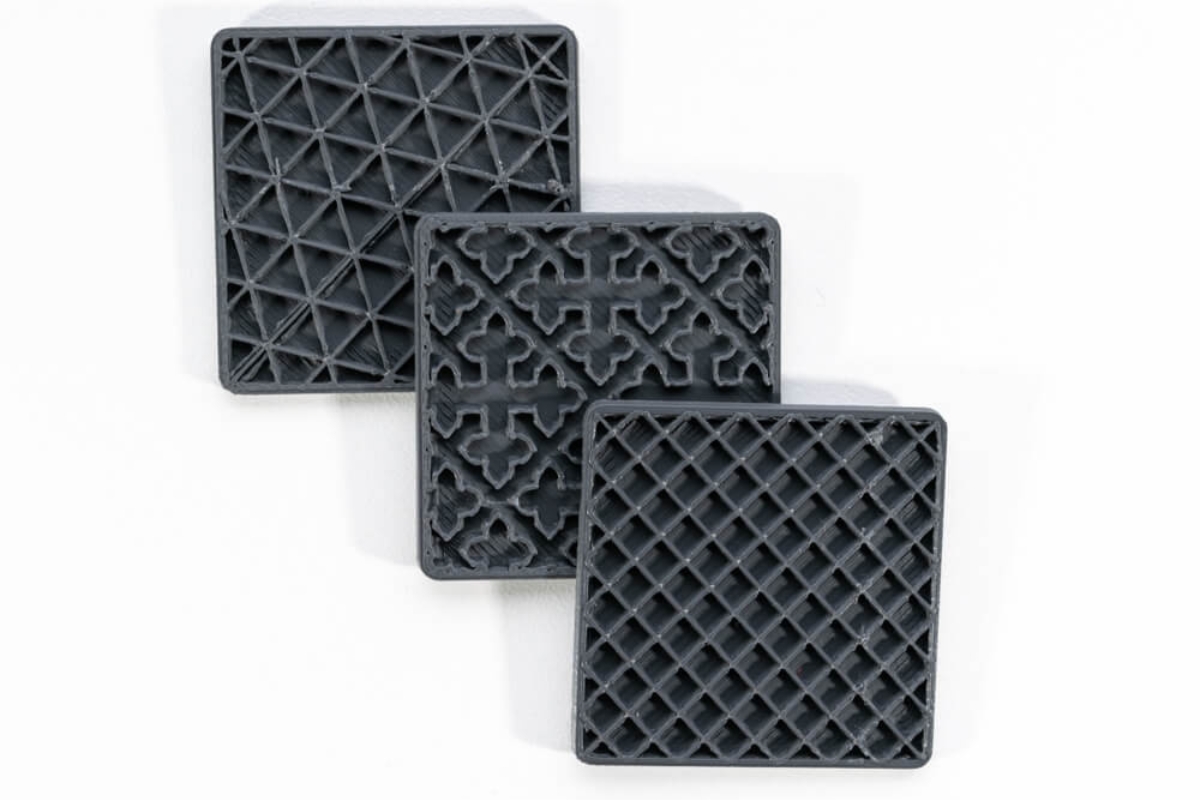
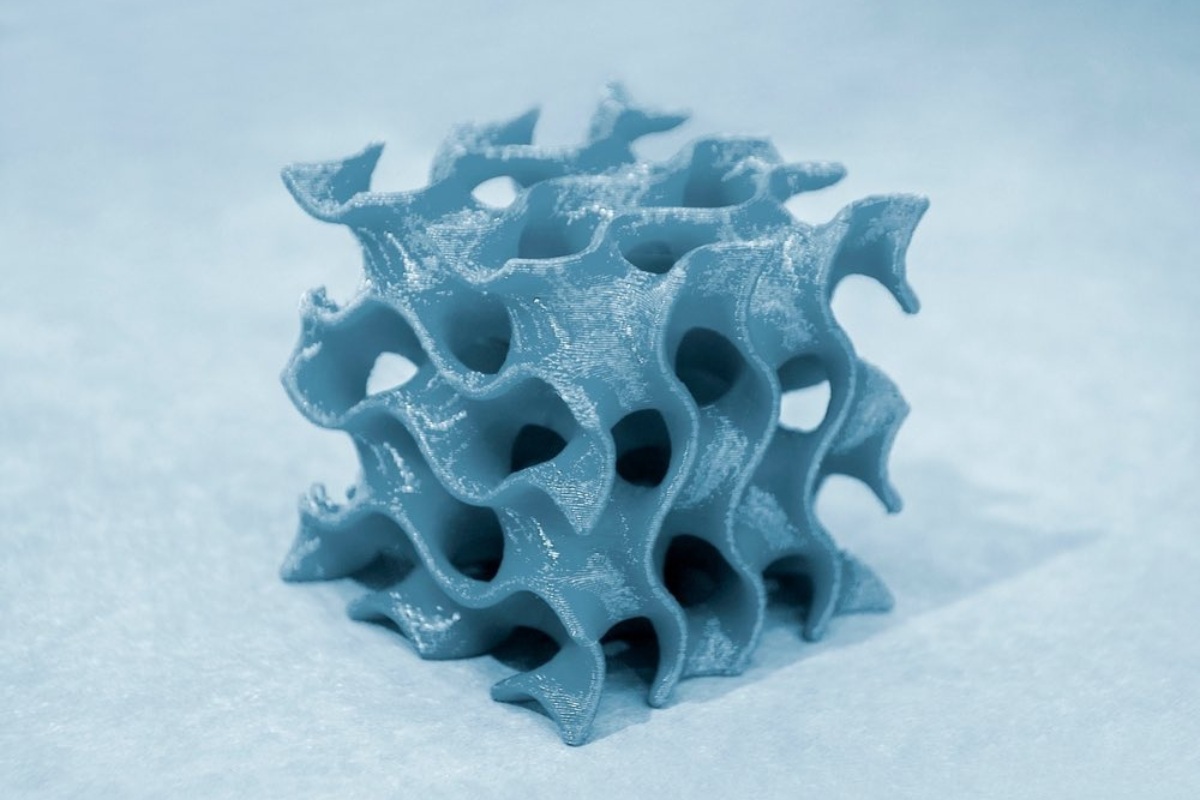
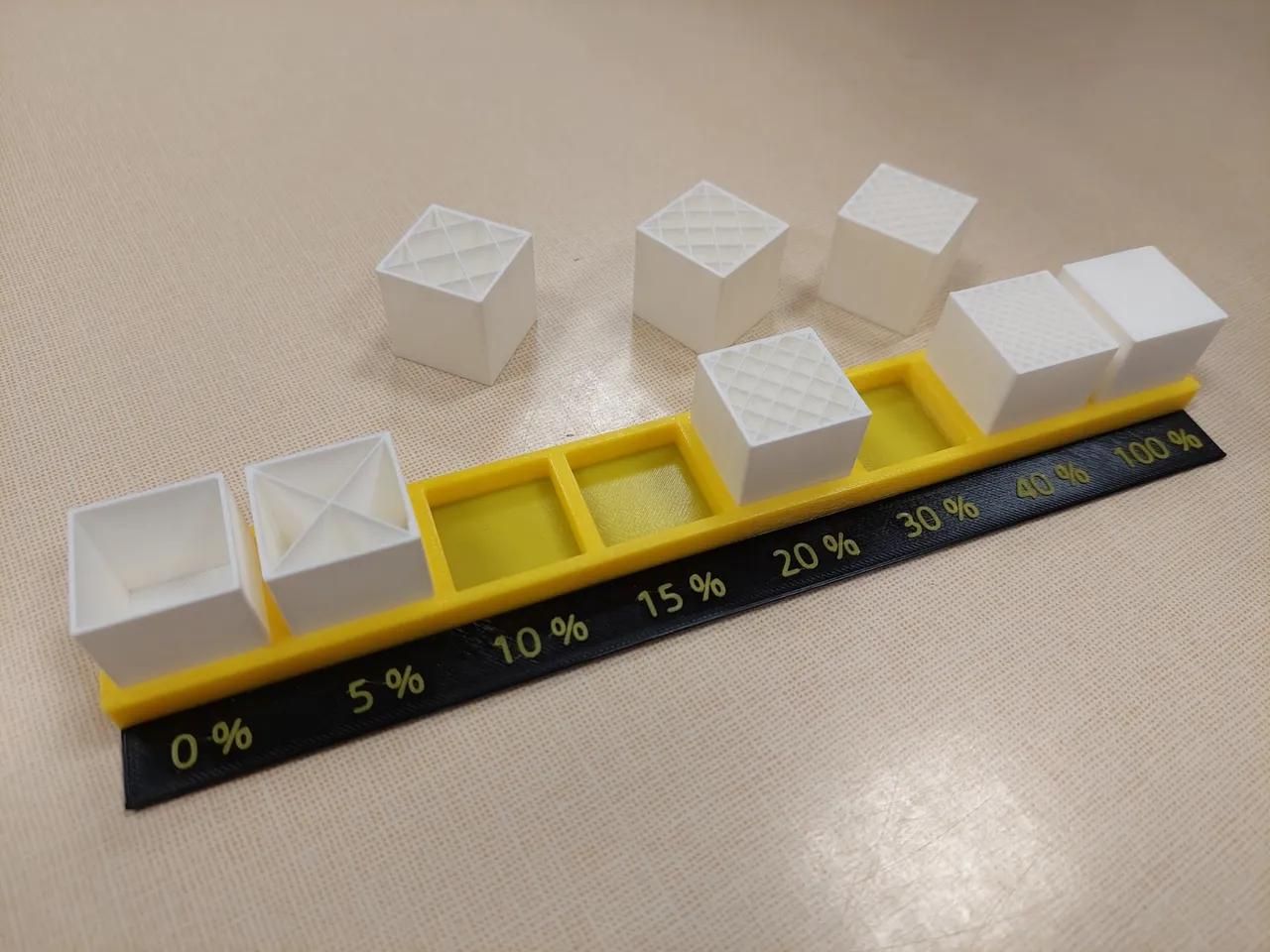
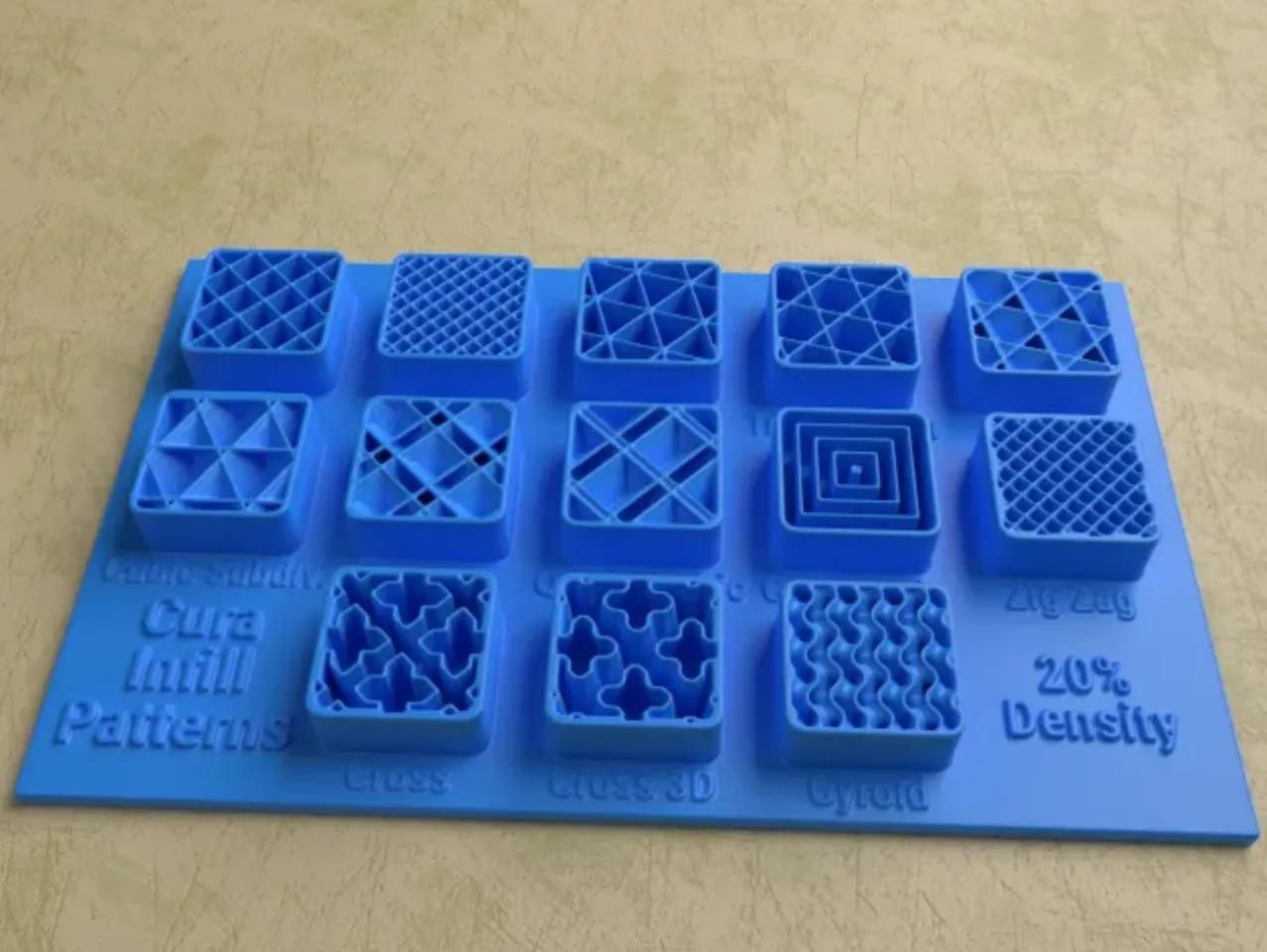
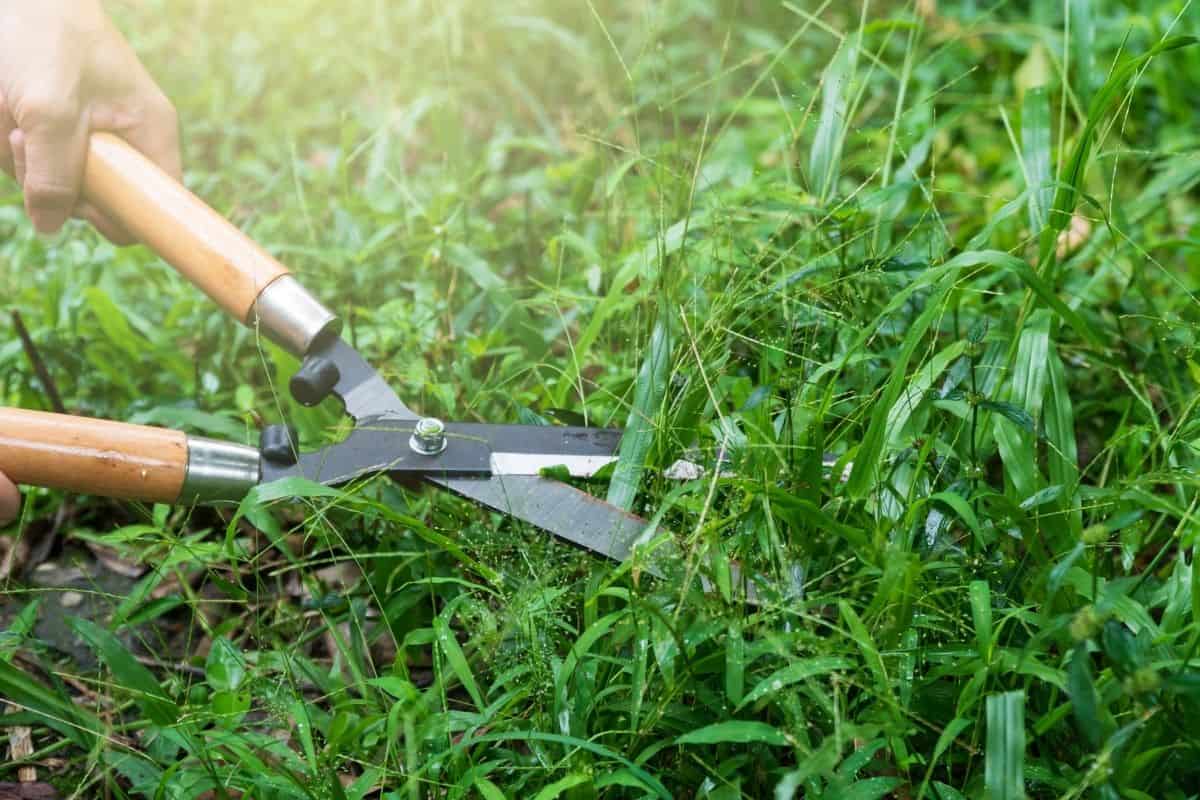
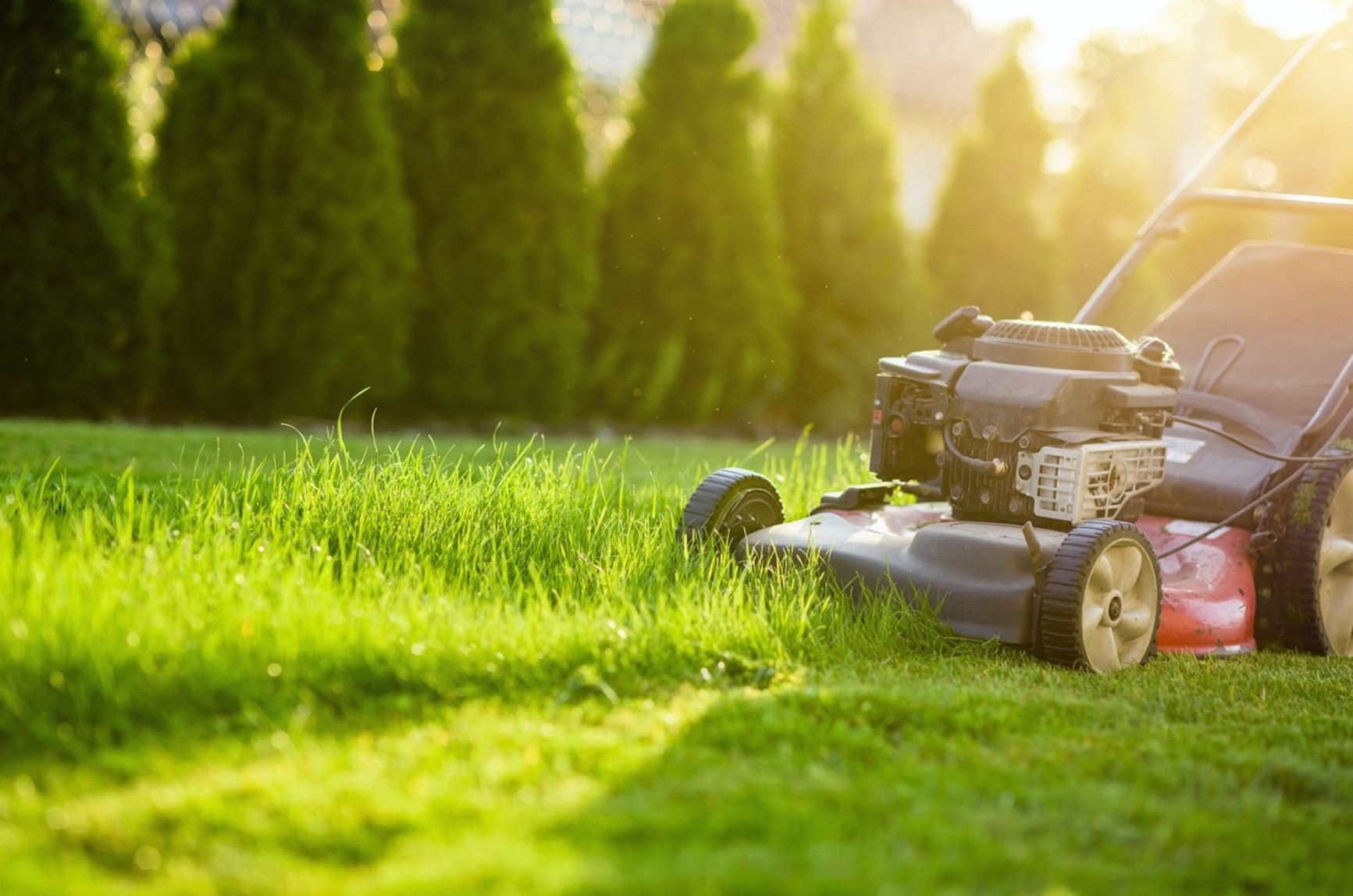
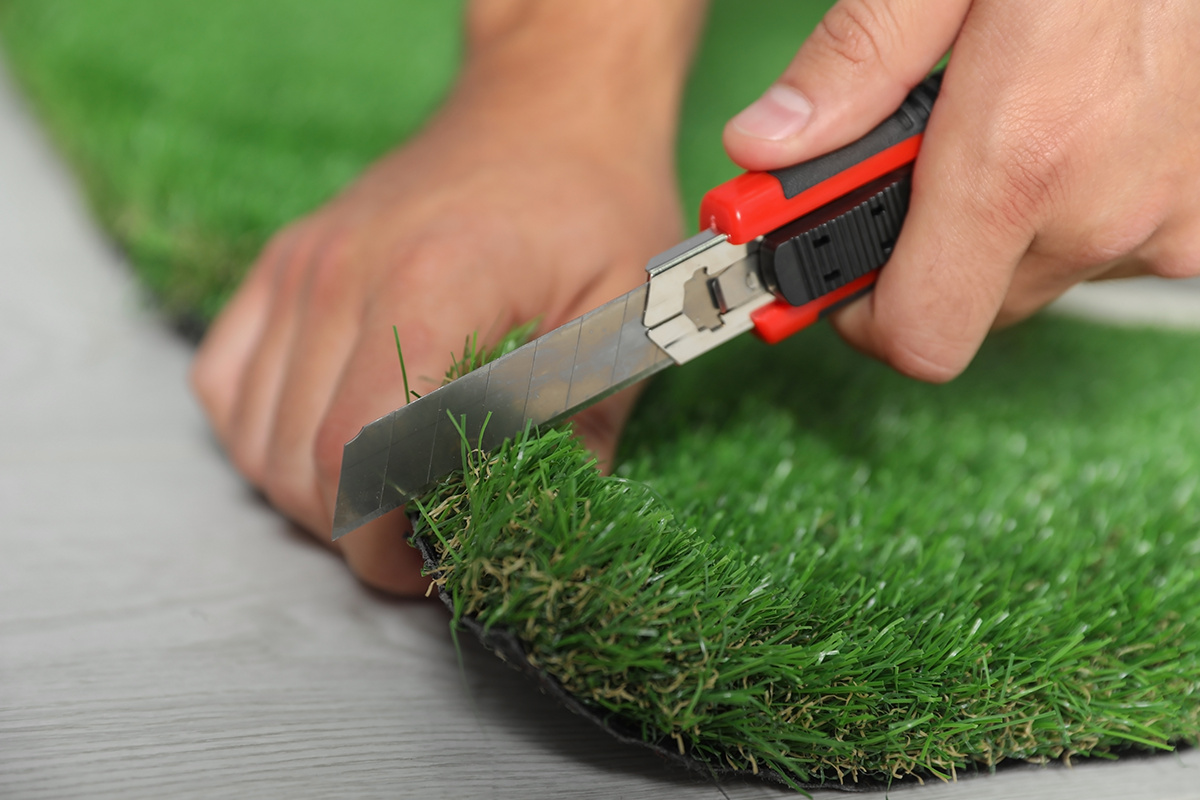
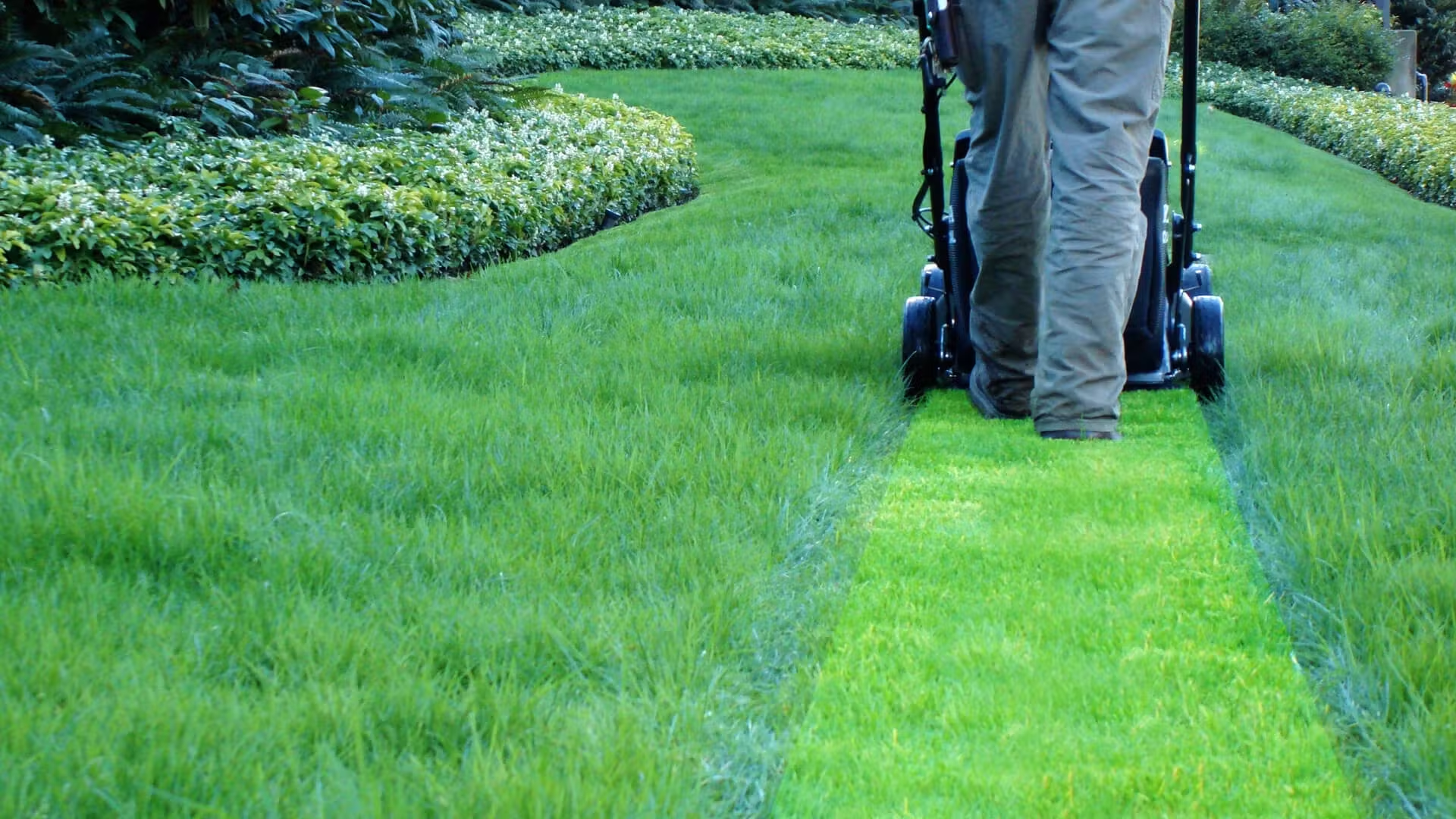

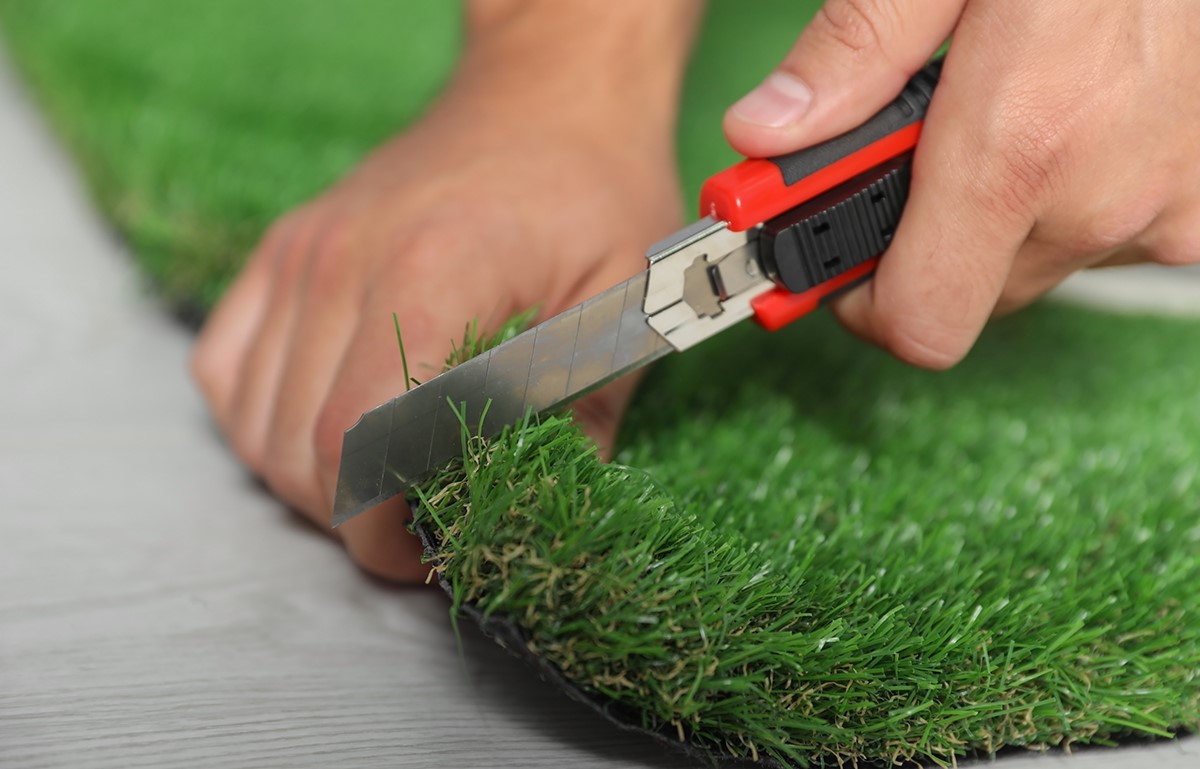
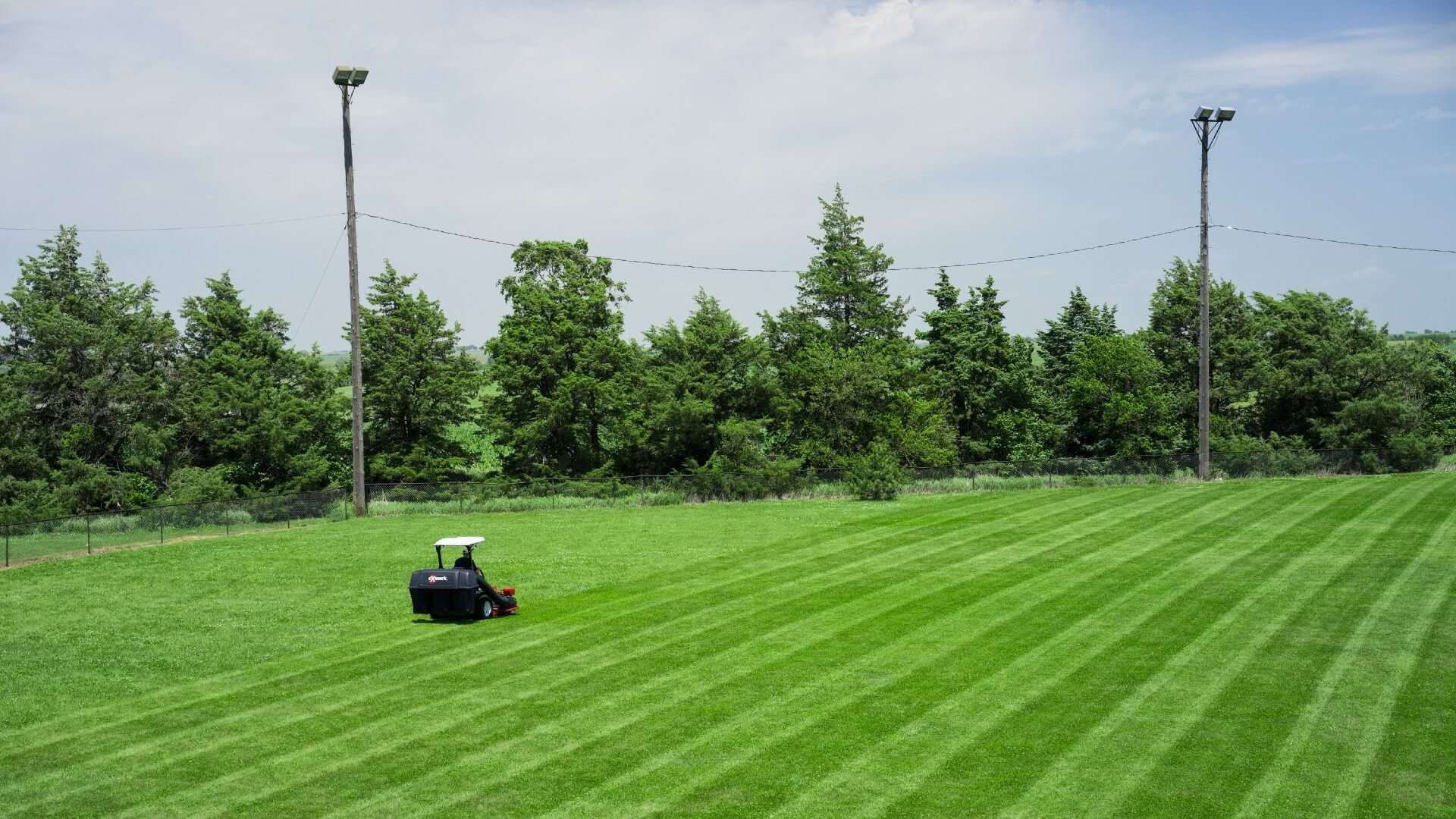
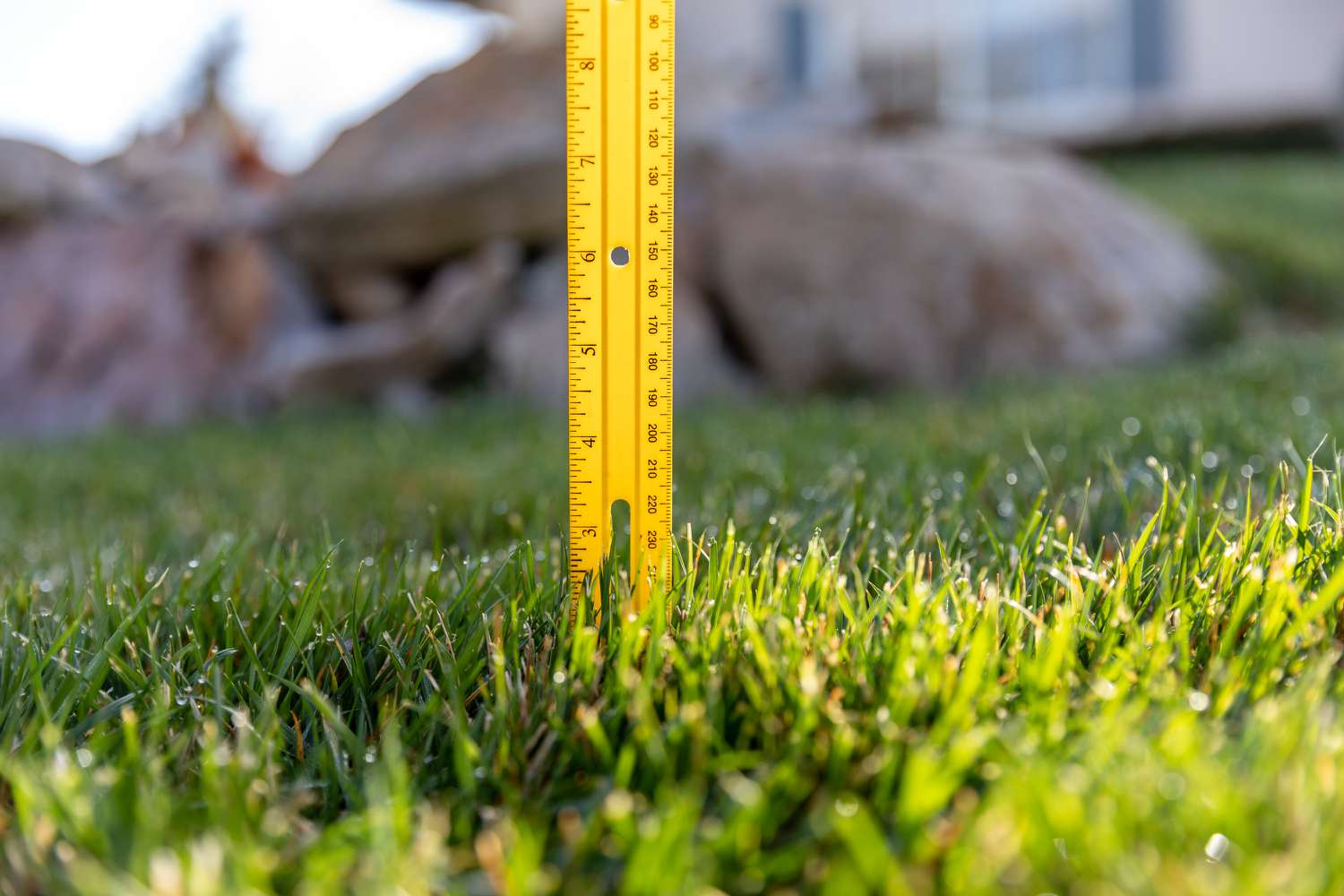
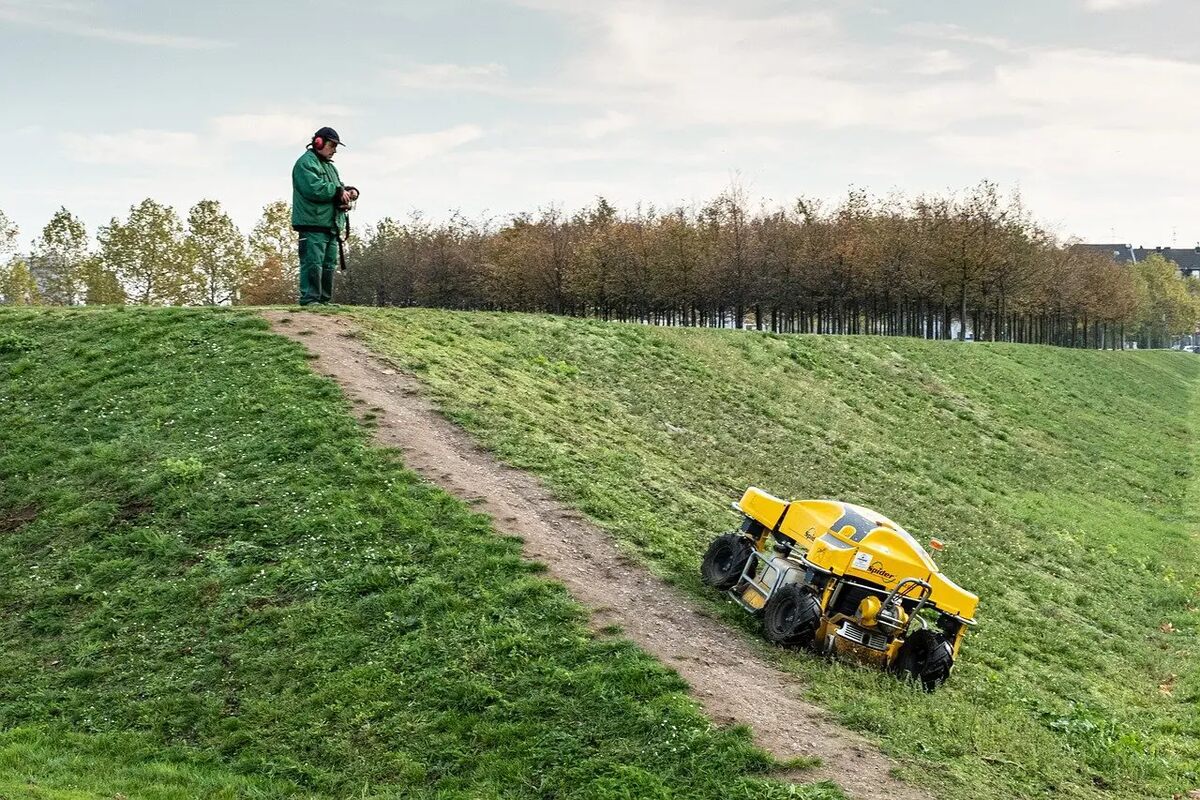
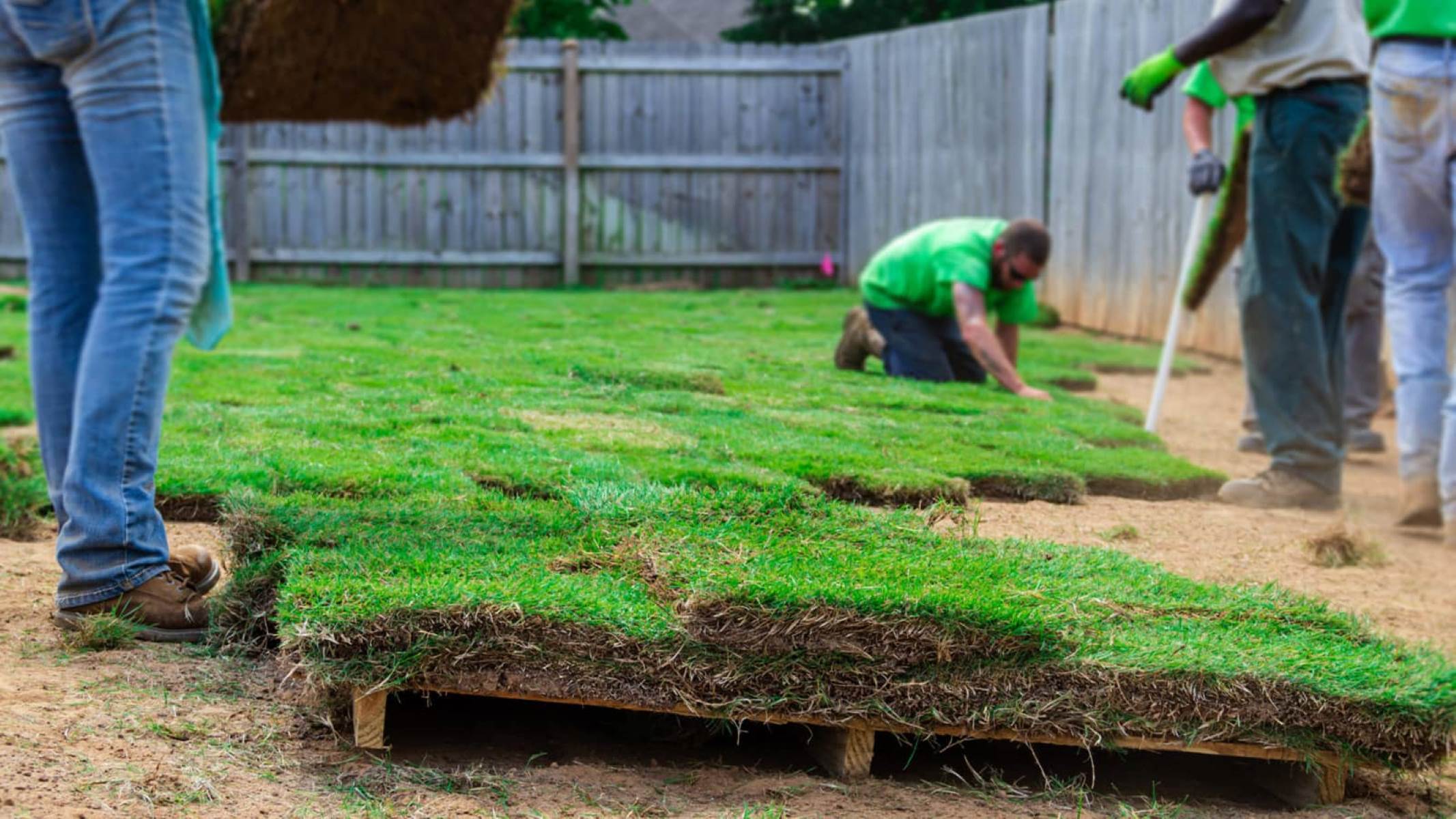

0 thoughts on “How To Cut Patterns In Grass”